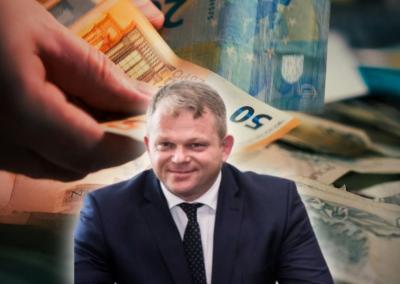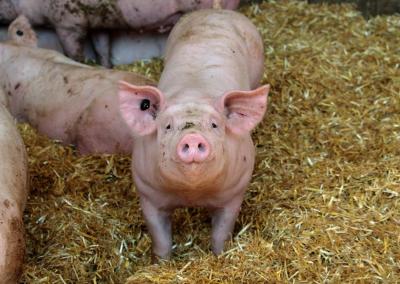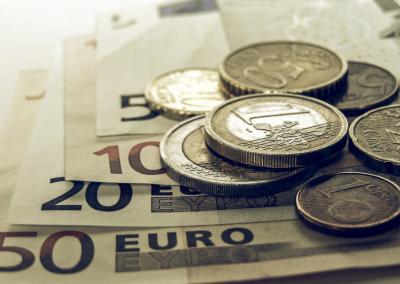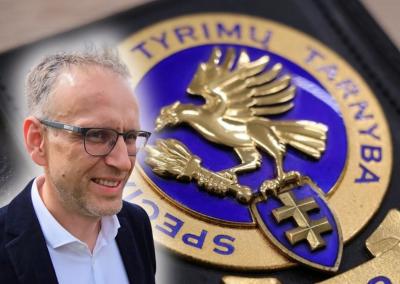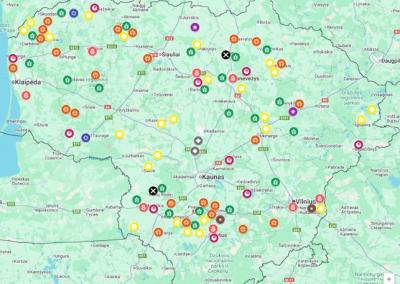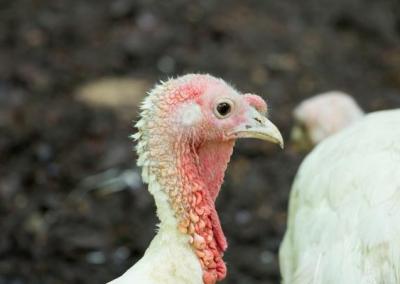Alexander Izgorodin. Could base rates in the eurozone return to zero?
Looking at inflation and macroeconomic indicators in the euro area, it is clear that two base rate cuts will not be enough. However, the market participants' until recently firm belief that EURIBOR would not return to zero is slowly being undermined by the doubts sown by the stagnating euro area and the German economy, which is sinking deeper and deeper into recession. How far is the European Central Bank (ECB) willing to cut interest rates?
Currently, base rates are at 3.5%, and this is clearly not the end of the story. The race to see who will make the more aggressive forecasts for the ECB's base rate cuts has returned to the market. The market believes that the ECB will cut rates sharply at the end of 2024 and in 2025, which is reflected in the EURIBOR forecasts. For example, the 3-month EURIBOR, currently at 3.25%, is forecast to fall to 2.86% in December this year, 2.35% in March, 2% in June and 1.79% in December 2025.
Some market participants are publicly arguing that the euro area needs zero base rates again, as last seen at COVID-19.
Although inflation in the eurozone slowed to 1.8% in September, a very important achievement for the ECB, which is committed to 2% annual inflation, the problem remains service inflation, which has not retreated in any significant way and continues to hover around 4%, but given the limping eurozone economy, this will be a problem that will be overcome.
However, the euro area economy is essentially stagnant and the German economy is already in a de facto recession which is deepening. German industry's view on orders is as poor now as it was in August 2020 – German industry is basically operating in the same mode as during the COVID-19 quarantines. The problems there are spilling over into industrial sectors in other EU countries, as well as into other sectors of the German economy, such as services.
Pragmatically speaking, it would be healthy and beneficial for the euro area to return to very low interest rates for a while in order to revive the economy. However, I do not think that the ECB will dare to reach the zero bound during the current rate-cutting cycle.
Central banks, including the ECB, still remember well the monetary policy experiments conducted during the pandemic that led to the global inflation shock at the end of the pandemic. The ECB will be extremely cautious in cutting interest rates and a large part of the ECB's Executive Board will certainly not support the idea of zero interest rates, even if inflation and economic indicators dictate the necessity of further interest rate cuts.
It is realistic that base rates in the euro area will be cut to 2%, but a base rate below 2% is unlikely, practically unrealistic: the ECB is afraid of stepping on the same rake and triggering a second wave of inflation in the euro area.
There are two key elements in the outlook for euro area base rates in 2025. The first – US economic growth, which is likely to slow down, but not significantly, so base rates in the US will fall, but the Fed will not be inclined to cut rates aggressively and they will remain relatively high.
Second – the situation in the Chinese economy and its impact on commodity prices. The Chinese economy has been slowing down more and more recently: the property market is in a hole and the economy itself has moved from growth to stagnation. This has automatically had a negative impact on commodity prices. However, in the last few weeks, the Chinese government has started to stimulate the economy in a real way, with promises of further stimulus of the "bazooka" (very large) type.
The economic stimulus plan announced so far is small, amounting to around 2% of China's GDP, but rumours abound in the market of an imminent massive 10 trillion yuan economic stimulus plan. The rumours are fuelled by comments from economists linked to the Chinese Ministry of Finance that now would be a good time to undertake a 4–10 trillion economic stimulus.
The rumours are also fuelled by the Fed's interest rate cuts: if China starts to stimulate its economy, capital will not flow out of China and into the US, as both sides are easing monetary policy. Thus, if China embarks on a massive economic stimulus, we could be looking at an increase in global commodity prices next year, which would limit the ECB's ability to cut interest rates to zero. If China's economic stimulus does not work, the ECB may have to cut interest rates further.
We need to be prepared for a sharp shock to the markets' forecasts for base rates at the end of this year and in 2025, and for central banks to react with lightning speed to changes.


